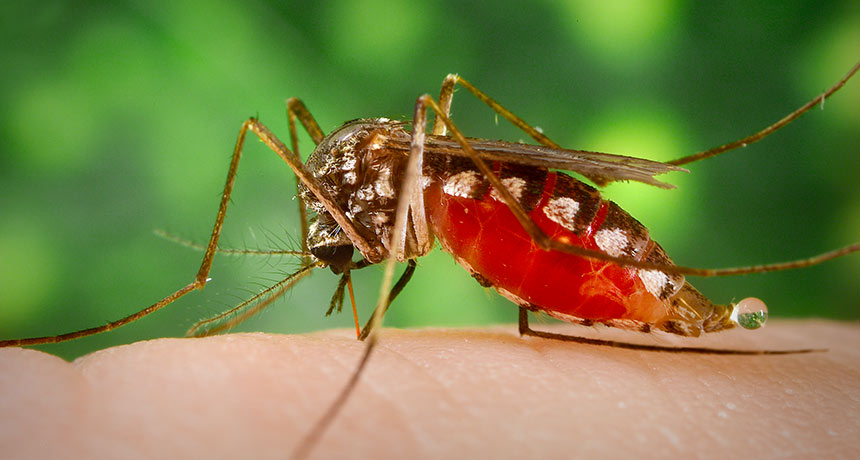carbon dioxide (or CO2) A colorless, odorless gas produced by all animals when the oxygen they inhale reacts with the carbon-rich foods that they’ve eaten. Carbon dioxide also is released when organic matter burns (including fossil fuels like oil or gas). Carbon dioxide acts as a greenhouse gas, trapping heat in Earth’s atmosphere. Plants convert carbon dioxide into oxygen during photosynthesis, the process they use to make their own food.
colleague Someone who works with another; a co-worker or team member.
constant Continuous or uninterrupted.
encephalitis An inflammation of the brain, usually caused by a viral infection. The disease can impair movement, clarity of thinking and other facets of brain function. In severe cases, this condition can lead to death.
entomology The scientific study of insects. One who does this is an entomologist.
excrete To remove waste products from the body, such as in the urine.
genetic Having to do with chromosomes, DNA and the genes contained within DNA. The field of science dealing with these biological instructions is known as genetics. People who work in this field are geneticists.
honey A viscous (gooey) material that honeybees store in their honeycombs. The bees make it from nectar. Foraging bees visit flowers in search of that sugary liquid. honey.
insect A type of arthropod that as an adult will have six segmented legs and three body parts: a head, thorax and abdomen. There are hundreds of thousands of types of insects, which include bees, beetles, flies and moths.
journal (in science) A publication in which scientists share their research findings with experts (and sometimes even the public). Some journals publish papers from all fields of science, technology, engineering and math, while others are specific to a single subject. The best journals are peer-reviewed: They send all submitted articles to outside experts to be read and critiqued. The goal, here, is to prevent the publication of mistakes, fraud or sloppy work.
Queensland One of the states that makes up the northeast corner of the country of Australia.
sentinel A guard or something that watches over others, or that effectively offers some warning of a potential problem. (in ecology) Species that scientists monitor to get information about the environment in which those organisms live. These species might be more sensitive to some environmental hazards, and so can indicate to researchers when those hazards are reaching dangerous levels.
virus Tiny infectious particles consisting of RNA or DNA surrounded by protein. Viruses can reproduce only by injecting their genetic material into the cells of living creatures. Although scientists frequently refer to viruses as live or dead, in fact no virus is truly alive. It doesn’t eat like animals do, or make its own food the way plants do. It must hijack the cellular machinery of a living cell in order to survive.
West Nile A disease caused by a virus that is transmitted by mosquitoes. Most people develop no symptoms. But about one in five infected people will get a headache, body aches, joint pains, vomiting, diarrhea, fever or some rash. A very small share of infected people will also develop coma, seizures or paralysis.








